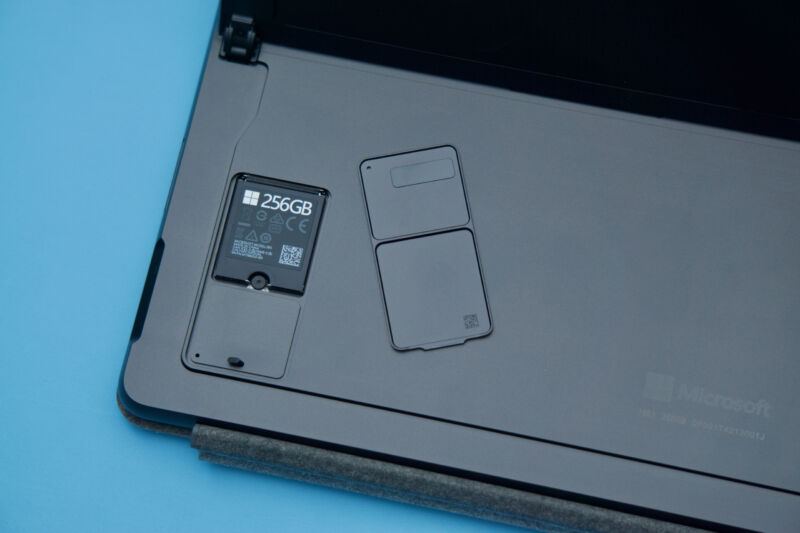
Microsoft’s Xbox and Surface hardware may be getting easier to repair, according to a press release from shareholder advocacy nonprofit As You Sow. According to the announcement, Microsoft has agreed to evaluate and expand the repair options for its products “by the end of 2022.” Specifically, the company has agreed to:
- Complete a third-party study evaluating the environmental and social impacts associated with increasing consumer access to repair and determine new mechanisms to increase access to repair, including for Surface devices and Xbox consoles
- Expand the availability of certain parts and repair documentation beyond Microsoft’s Authorized Service Provider network
- Initiate new mechanisms to enable and facilitate local repair options for consumers
These are all pretty vague guarantees, and they don’t mean that your next Xbox or Surface tablet will suddenly become fully user-serviceable. But the commitments do at least suggest that, long-term, it will be easier to get parts for these devices when they break, and it will be easier to find a shop that can make the repairs without needing to go directly to Microsoft. According to a report from Grist, a summary of the third-party study will be shared with the public by May of 2022.
Microsoft made the commitments in response to a June 2021 shareholder resolution from As You Sow, a nonprofit that “promote[s] environmental and social corporate responsibility through shareholder advocacy, coalition building, and innovative legal strategies.” We normally hear about “right to repair” in the context of state and federal legislation or executive orders, but those efforts have moved slowly in the face of legislative gridlock and industry opposition. Shareholder-driven initiatives like this one are a more direct, albeit piecemeal, way to address the problem in the meantime.
Microsoft’s hardware division has taken baby steps in the direction of making its products easier to repair in their most recent iterations, including Surface Laptops with fully accessible innards and replaceable SSDs on some Surface Pro models. But those changes only look like improvements because Microsoft did so poorly on this front for so many years; as documented by teardown sites like iFixit, multiple generations of Surface Pro are nearly impossible to open without destroying. And as we detailed in our Surface Pro 8 review, it’s difficult to find SSDs that are physically small enough to fit inside the tablet’s replaceable SSD slot.





























